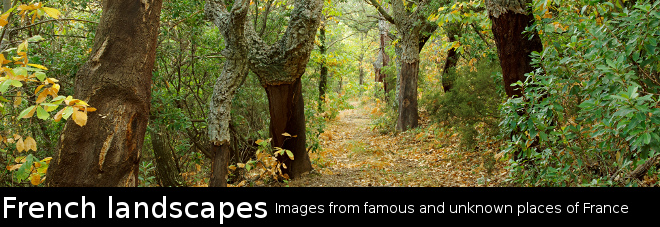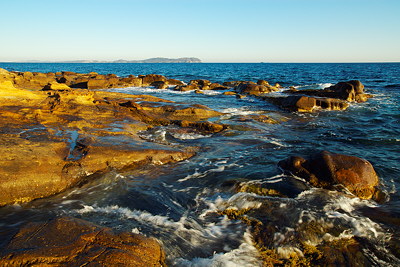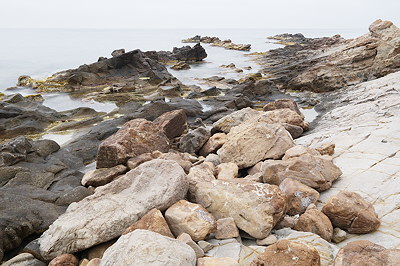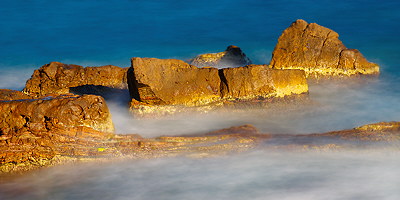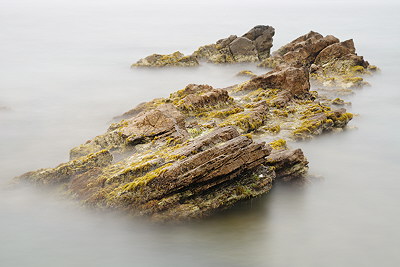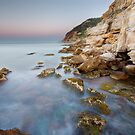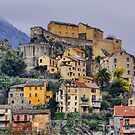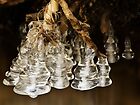
Showing posts with label mediterranean. Show all posts
Showing posts with label mediterranean. Show all posts
Tuesday 26 August 2008
Thursday 21 August 2008
Same place, other light, other shot
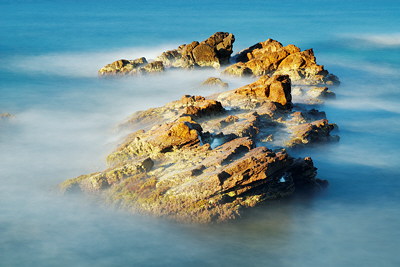
Just one month ago, i've posted an other view of these rocks in the Mediterranean waves.
This morning, i went to the same place before dawn. Around 8 am the sky was really blue and i could make this new shot with deep some blue water.
Libellés :
hoya nd 400
,
le pradet
,
long exposure
,
mediterranean
,
portfolio
,
provence
,
recif
,
sea
,
summer
,
var
Thursday 14 August 2008
Tuesday 12 August 2008
Some other tones
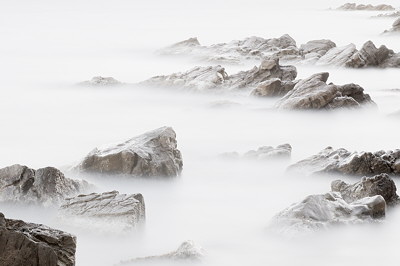
Long exposure (more than 70s) on the Mediterranean sea at dusk time.
Usually this kind of shots is done in black and white and mostly with a strong contrast. Here, i've prefered to keep a few colors and some very soft tones.
Libellés :
hoya nd 400
,
le pradet
,
long exposure
,
mediterranean
,
portfolio
,
provence
,
recif
,
sea
,
seascape
,
summer
,
var
Monday 11 August 2008
One minute for the sea
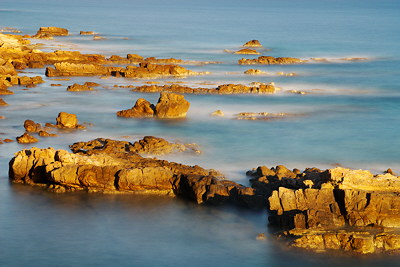
Another long exposure in full daylight.
Don't miss the large view.
Libellés :
hoya nd 400
,
le pradet
,
long exposure
,
mediterranean
,
portfolio
,
provence
,
recif
,
sea
,
seascape
,
summer
,
var
Friday 8 August 2008
Mediterranean perspective
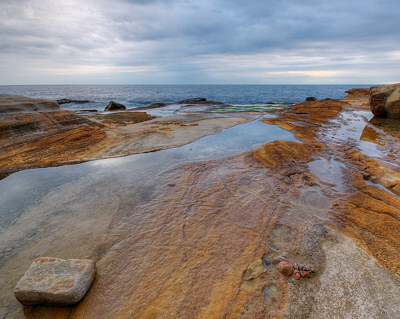
A winter shot. HDR work with a very light tone mapping.
Libellés :
carqueiranne
,
clouds
,
HDR
,
mediterranean
,
portfolio
,
provence
,
sea
,
seascape
,
var
Monday 4 August 2008
Some rocks on the beach (second version)
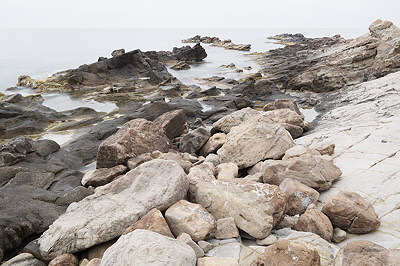
I don't do that very often but after processing the image in my previous post i wanted to try a softer version. After obtaining the new one i was about to delete the first one but decided to keep them both.
Friday 1 August 2008
Wednesday 30 July 2008
Classic HDR scenery
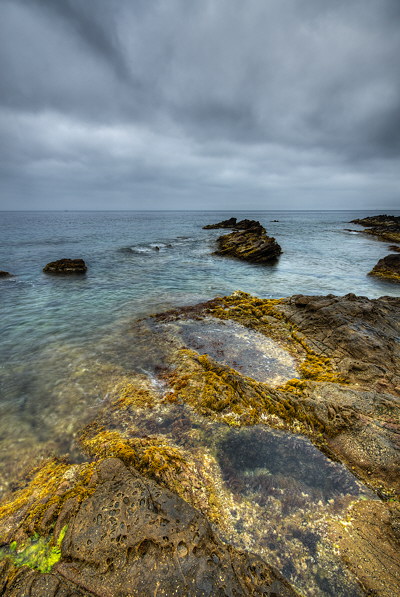
Le Pradet - Provence
Libellés :
clouds
,
HDR
,
le pradet
,
massif des maures
,
mediterranean
,
provence
,
sea
,
seascape
,
var
Monday 28 July 2008
Friday 25 July 2008
Colors and shapes
Libellés :
hoya nd 400
,
le pradet
,
long exposure
,
mediterranean
,
portfolio
,
provence
,
sea
,
summer
,
var
Wednesday 23 July 2008
Morning contrasts
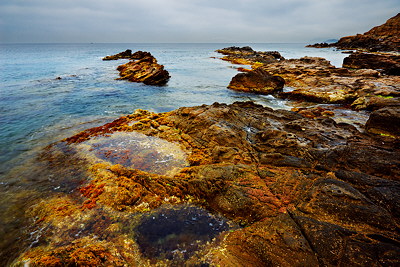
Wake up : 3 am.
Look threw the window : Clear and starry night with beautiful moon.
Coffee and drive to the sea.
Arrival on the place : 4 am. Still dark with big clouds ...
That's the third time i try to catch one soft dawn on the sea at this place. That's the third time i arrive there under the clouds.
Back home : 8 am under a small rain.
I'll have to come back another time.
Monday 21 July 2008
When the gray sky makes the sea gray
Libellés :
le pradet
,
long exposure
,
mediterranean
,
portfolio
,
provence
,
recif
,
sea
,
summer
,
var
Tuesday 15 July 2008
Natural threat - Cloudy seascape
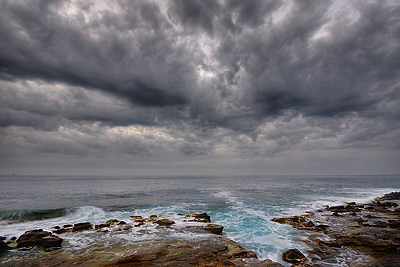
large view
An incoming storm over the Mediterraneans sea at Carqueiranne in Provence.
The sky was done by HDR processing 3 exposures, the sea and ground come from a unique shot.
Thursday 10 July 2008
Long exposure in full daylight with the Hoya ND 400 filter

The Hoya ND 400 filter is a ND (neutral density) filter which reduces the light entering the lens by 9 f stops. That means that exposure time is multiplied by 512. In other words if your shutter speed without any filter was 1/30s, with the filter the shutter speed will be around 17s.
As you could notice, for this springtime i do many seascapes, mostly with long exposures. Without any filters, such exposure times are only possible some few moments at dawn and dusk time. The ND 400 is a good tool to increase the time available for long exposures and such shots with scenes a little more lightned can be beautiful and unusual.
Of course, with or without filter, shooting scapes at noon won't give stunning images but a strong ND filter can open some creative doors to capture beautiful lights with an unusual style.
Last point : The ND 400 is a very dark piece of glass (i could say black) and when it's on the lens you don't see anything in the viewfinder. So it's not for point and shot photography. You have to set up the tripod and the camera, frame without filter, lock everything on the tripod, install the filter, shoot, remove the filter and so on.
Libellés :
hoya nd 400
,
le pradet
,
long exposure
,
mediterranean
,
provence
,
sea
,
seascape
,
summer
,
tips
,
var
Wednesday 9 July 2008
Bold HDR colors
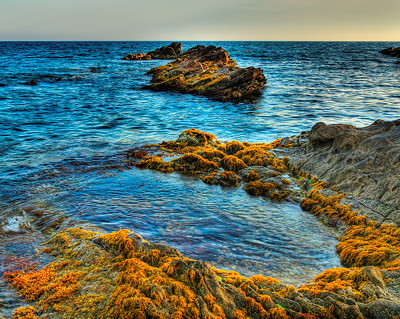
HDR photography of course helps with saving highlights and shadows but it also increase greatly the colors informations in the image file. So the photographer can go very far in post processing without altering image quality. Som can think that highly processesed images don't go with quality. That's another and eternal story. You can like it or not. These days i like it.
HDR from 3 exposures, raw process with SilkyPix, HDR and tone mapping with Photomatix and ultimate post processing with Picture Window Pro.
Libellés :
HDR
,
le pradet
,
mediterranean
,
photomatix
,
provence
,
sea
,
seascape
,
summer
,
var
Tuesday 8 July 2008
Purple dusk
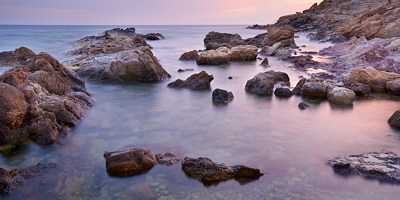
This day, the light was not so good and i stayed very late on the place. I was just about to leave when i saw these colors. A few minutes later they have disapeared.
Monday 30 June 2008
A very few words about color management
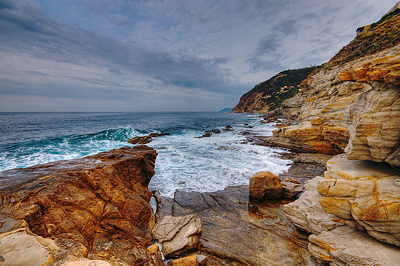
One year ago, i've promised to write here something about color management and ...I'm re-thinking to that know.
An in depth explanation would be too technical for my basic english so i will just say that with digital imaging color management is the only way to control how a screen color will print and (if possible) how other peoples will see the colors you see on your screen. So :
- If you're a photographer, colors management helps you to produce the prints you want.
- If you publish images on the web, with color management you can have an idea of how your readers will see your colors.
- If you're just looking at photos on the web, with a color managed display you can see the colors and tones the photographer wants to show.
- One from Tom Niemann, easily understandable and focusing on monitor calibration.
- One from Norman Koren, more complete (monitors and printers) and more technical.
In conclusion i will just add that for some years, i profile my screens and printers with Datacolor products. I don't know if your screen is color managed so i can't know how you see my images but prints coming from my printers or from printing companies have the colors i want.
Libellés :
carqueiranne
,
digital photography
,
mediterranean
,
portfolio
,
provence
,
sea
,
seascape
,
var
Friday 27 June 2008
Mediterranean sky
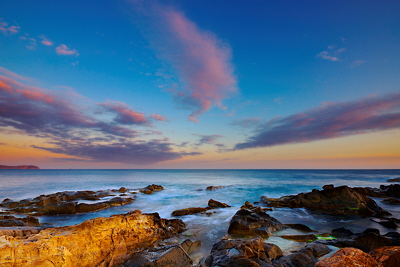
I've to return there at dawn !
Nikon D200 and Sigma 10-20 : manual DRI from 3 exposures.
Tuesday 24 June 2008
Strong tone mapping with Photomatix
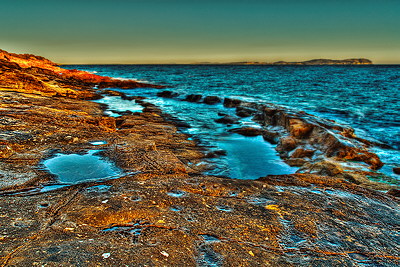
Please, don't miss the large view.
In some people mind, HDR images are always associated with some spectacular visual effects. In fact, these effects are not due to the high dynamic range but to the algorithm applied to make the HDR image viewable on a computer display or printable on paper.
The application of this algorithm is tone mapping. Each HDR software has its own tone mapping algorithm(s) and the most popular is certainly the Detail enhancer implemented in Photomatix.
Describing these algorithms would be a intensive (and perharps boring) math course but i can say that most often they :
- Reduce the global contrast of the image to be able to display the darkest and the brightest parts of the image.
- Increase the local contrasts to avoid too flats images.
The image above was produced from 3 exposures. RAW files were converted to TIF with SilkyPix. TIF files were converted to HDR with Photomatix. The HDR file was then tone mapped also with Photomatix and the result saved to a new TIF file. The tone mapped TIF was finally reprocessed in PictureWindow Pro to boost a little the global contrast.
Of course, tones and colors are not exactly the real ones but what does it mean ?
Of course the image is not artifact free and there is some little plain white zones in the waves but is it so important within such a photo ?
I'm an old school photographer and i still love the subtle details and colors of more classical photographs but i've also learned to like the visual impact of strongly processed images ...
Libellés :
carqueiranne
,
HDR
,
mediterranean
,
photomatix
,
provence
,
sea
,
seascape
,
var
Subscribe to:
Posts
(
Atom
)
